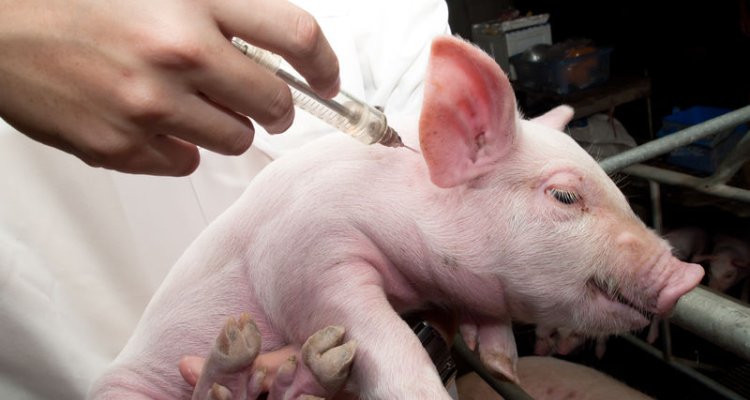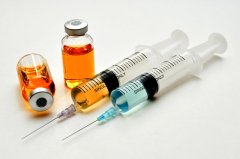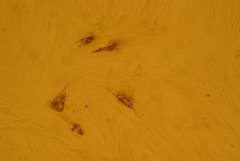
Vaccine development
The use of vaccines is still the most effective and powerful option in the prevention of animal and human diseases. As a contract research organization (CRO), Wageningen Bioveterinary Research (WBVR) develops vaccines against viral and bacterial diseases together with our public and private clients.
Successful vaccine development
We have extensive experience in the field of vaccine development. In the past, we developed a number of very successful vaccines, e.g. against Aujeszky disease and infectious bovine rhinotracheitis virus.
Due to the broad multidisciplinary expertise on pathogens as well as animal species that are available within WBVR, we can support our clients in the complete process of vaccine development from antigen discovery to registration studies.
Continue to
-

Antigen discovery and presentation
Wageningen Bioveterinary Research (WBVR) is involved in vaccine development projects for specific pathogens in close collaboration with public and private clients. We have multiple vaccine development strategies for antigen discovery of both viruses and bacteria, and we can monitor the effect of antigen presentation.
-

Cell line development
Wageningen Bioveterinary Research (WBVR) contributes to the prevention, eradication and control of pathogens. We have the ability to test cell lines for the presence or absence of most extraneous agents. That is crucial for bringing these cell lines into commercial production.
-

Vaccine testing
At the forefront of applied science, Wageningen Bioveterinary Research (WBVR) creates innovations in the field of vaccine development. As a contract research organization (CRO) we create new vaccine platforms and identify novel vaccine candidates. After antigen discovery, vaccine safety and efficacy needs to be determined as well.
-

Extraneous agents and potency testing
Wageningen Bioveterinary Research (WBVR) provides services to test products (vaccine batches) on chemical and microbiological extraneous agents. We provide this service in accordance with the prevailing regulations.
-

Reverse genetics and reverse vaccinology
Live attenuated vaccines are among the most efficient and cost-effective vaccines that can be used to combat infectious diseases. Such vaccines either consist of natural isolates or genetically modified derivatives of wild type strains. In order to generate live attenuated vaccines for viral infectious diseases, specific techniques have to be developed that allow genetic modification of the viral genome.
We will guide you through the process
We invest in the development of vaccine platforms that allow fast and efficient vaccine development for emerging or re-emerging diseases. To guarantee an optimized production of (attenuated) intracellular pathogens, we offer services in cell line development to increase pathogen yield.
Once a putative vaccine is available, we can guide clients through the process of vaccine testing and, if required, Good Clinical Practice standards can be followed. We can perform potency tests and extraneous agent testing according to the European Pharmacopoeia guidelines. WBVR has a full AAALAC accreditation.
- Unfortunately, your cookie settings do not allow videos to be displayed. - check your settings
Vaccinated versus naturally infected animals
Diagnostics are vitally important for disease control of notifiable, infectious diseases. Import and export of animals and animal products is mainly based on serological responses to pathogens.
Vaccination could interfere with this type of diagnostics. Therefore, we developed so-called DIVA vaccines. DIVA vaccines guarantee that vaccinated animals can be discriminated from naturally infected animals. Therefore, vaccine development at WBVR is often combined with the development of discriminative diagnostics.